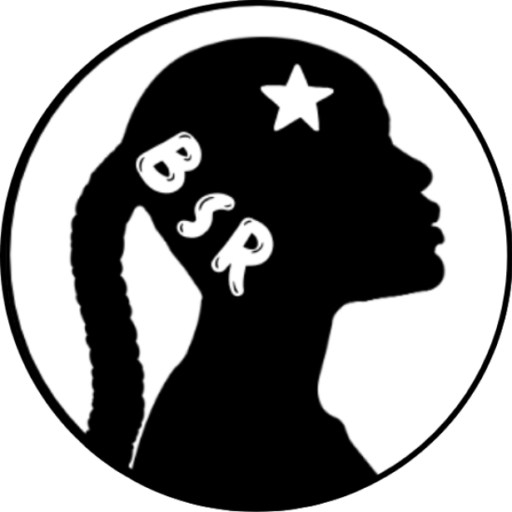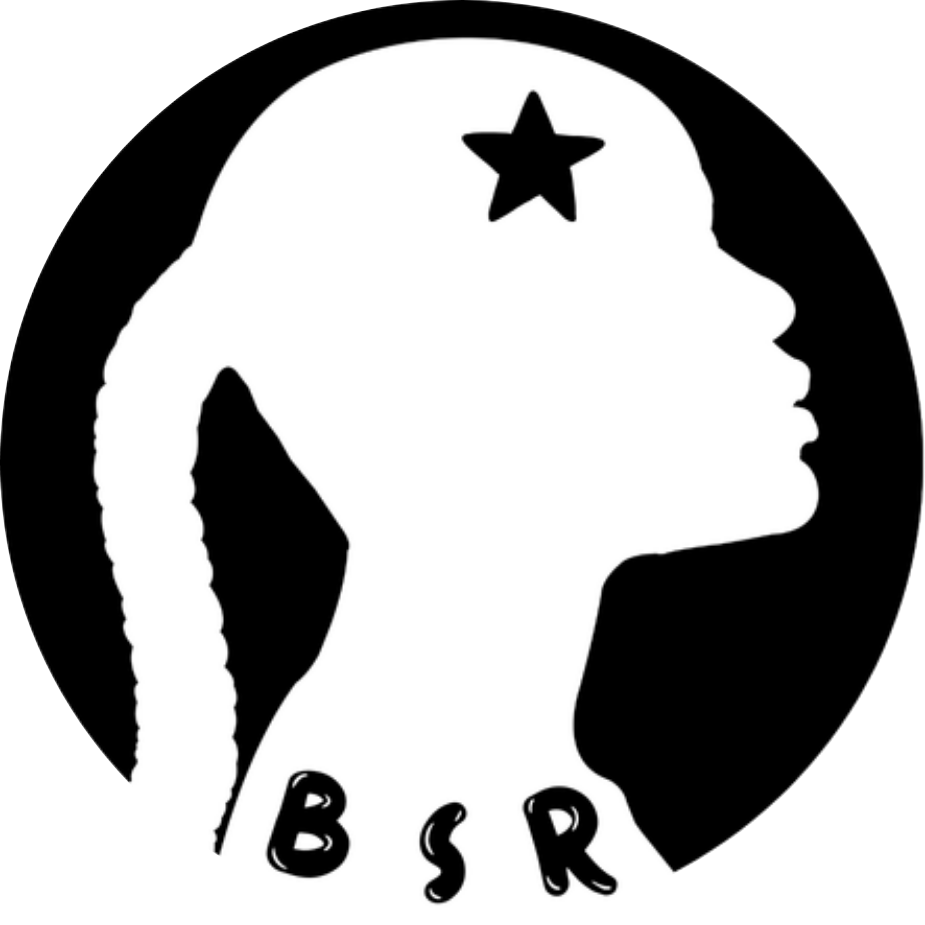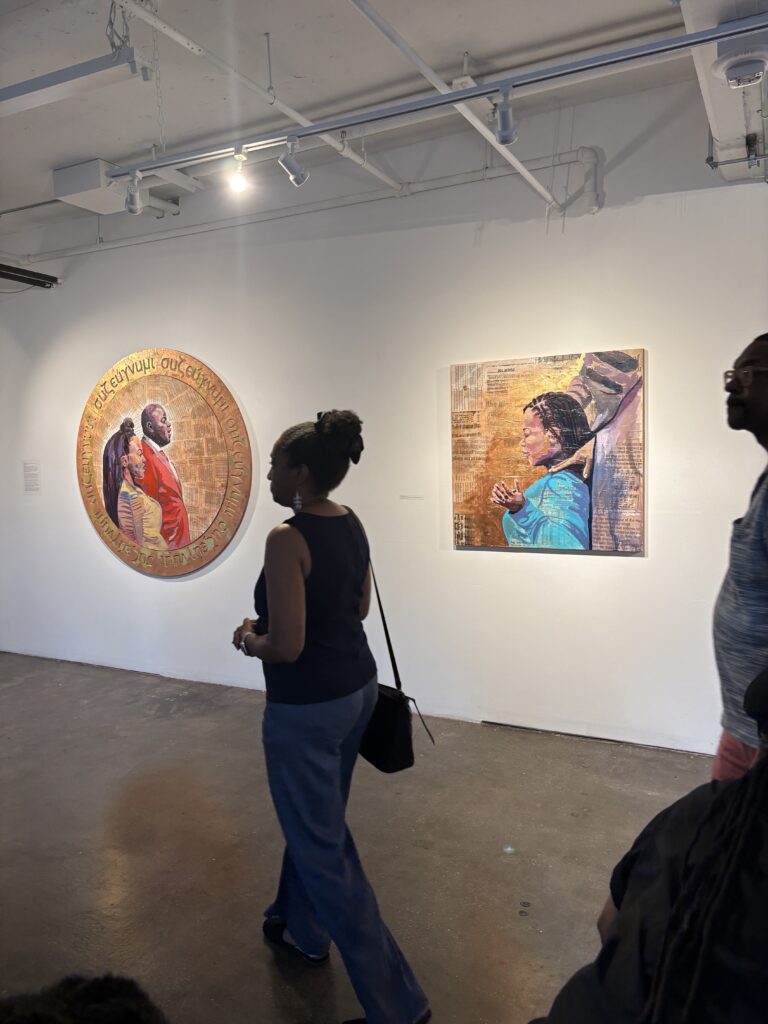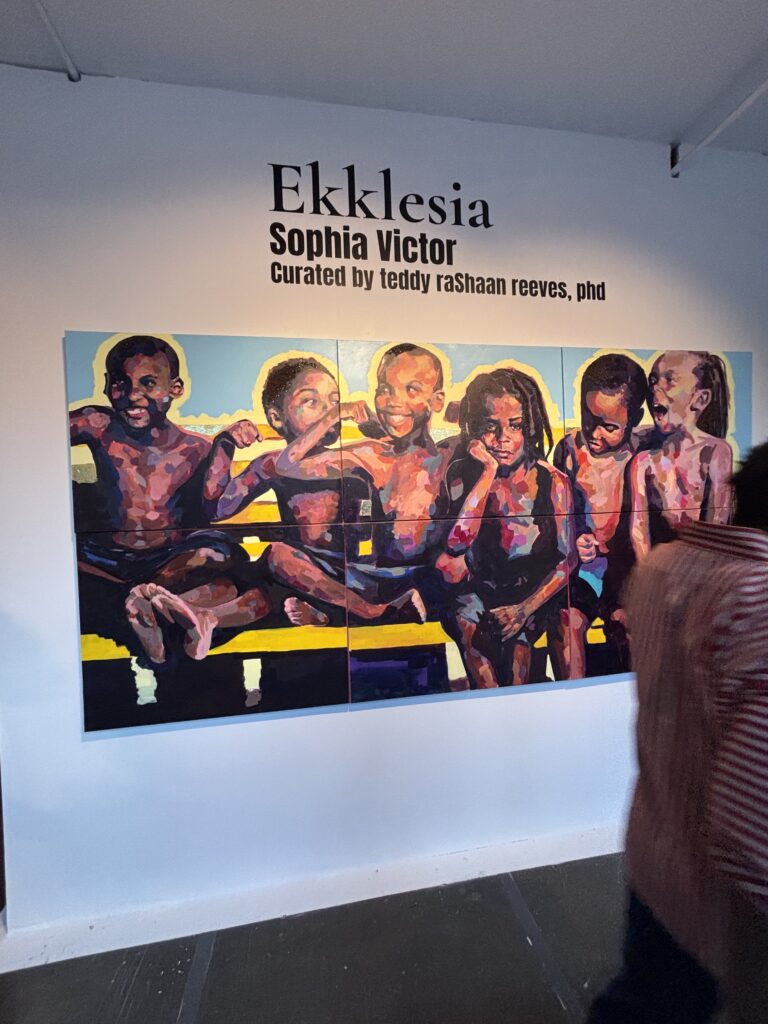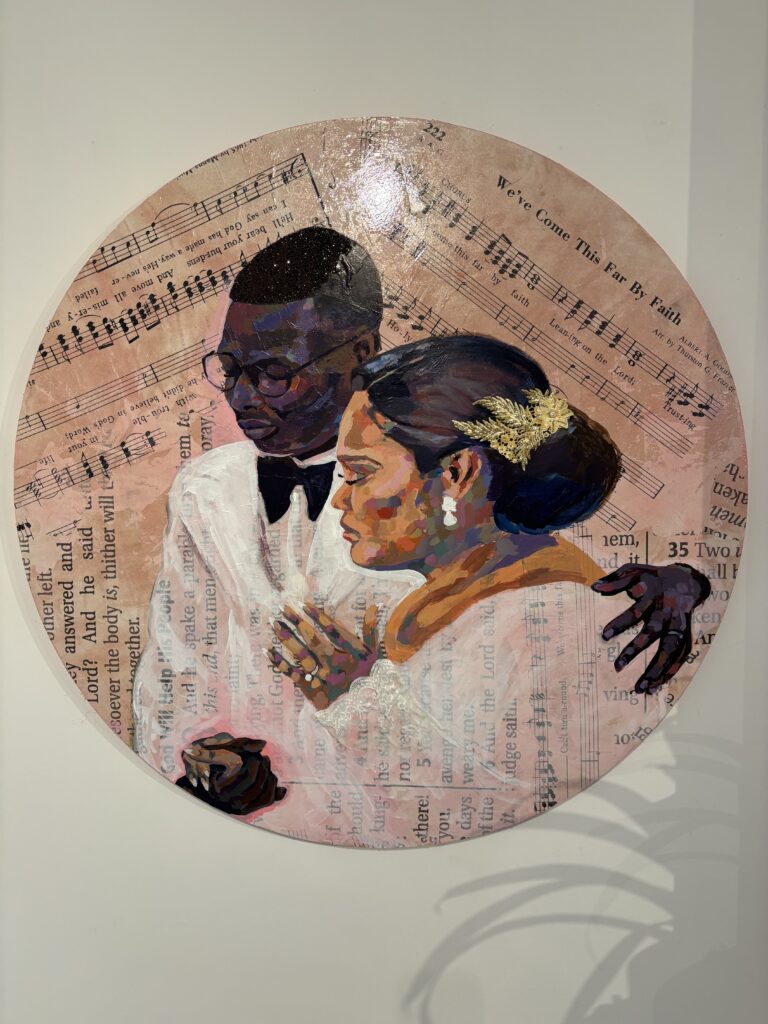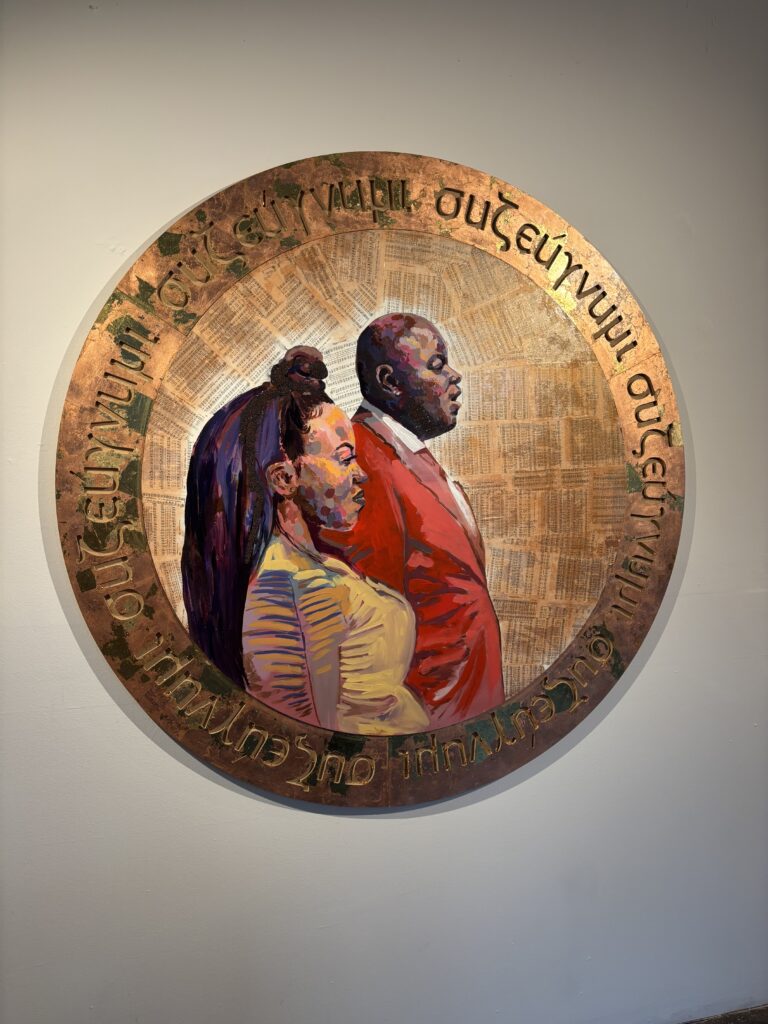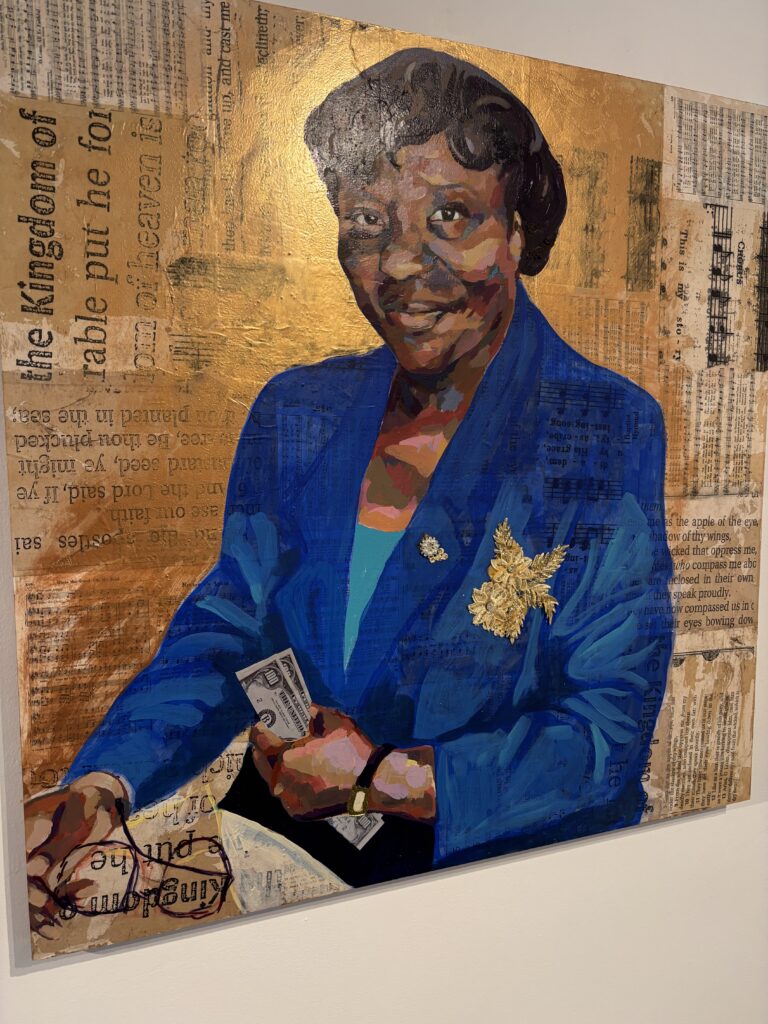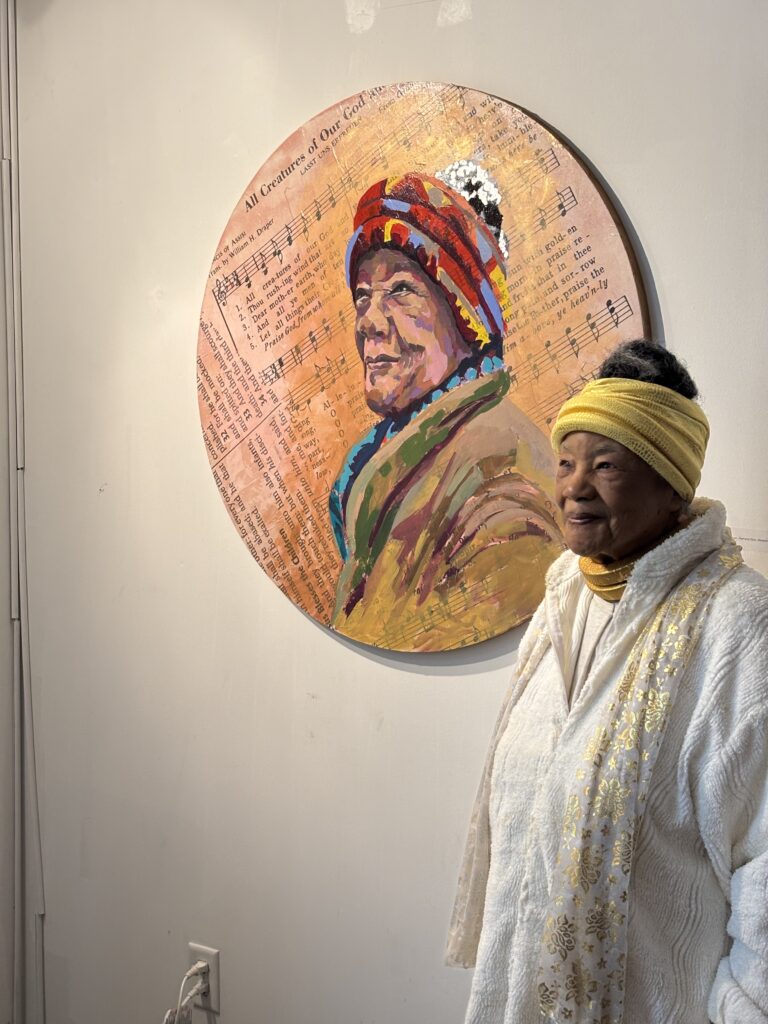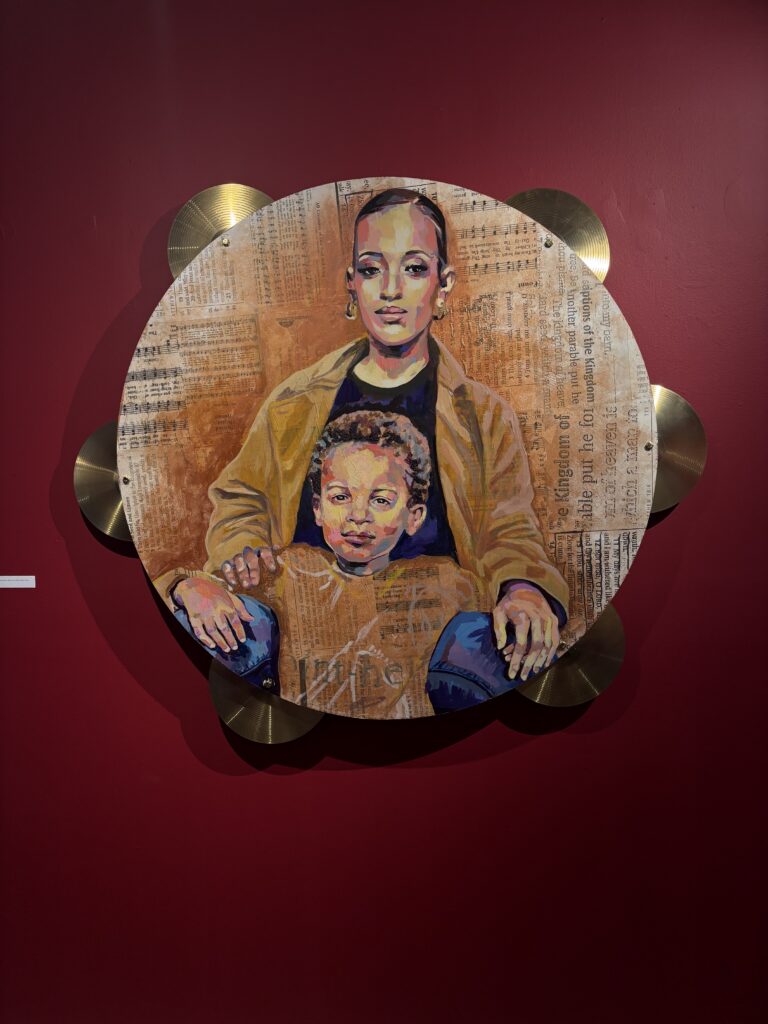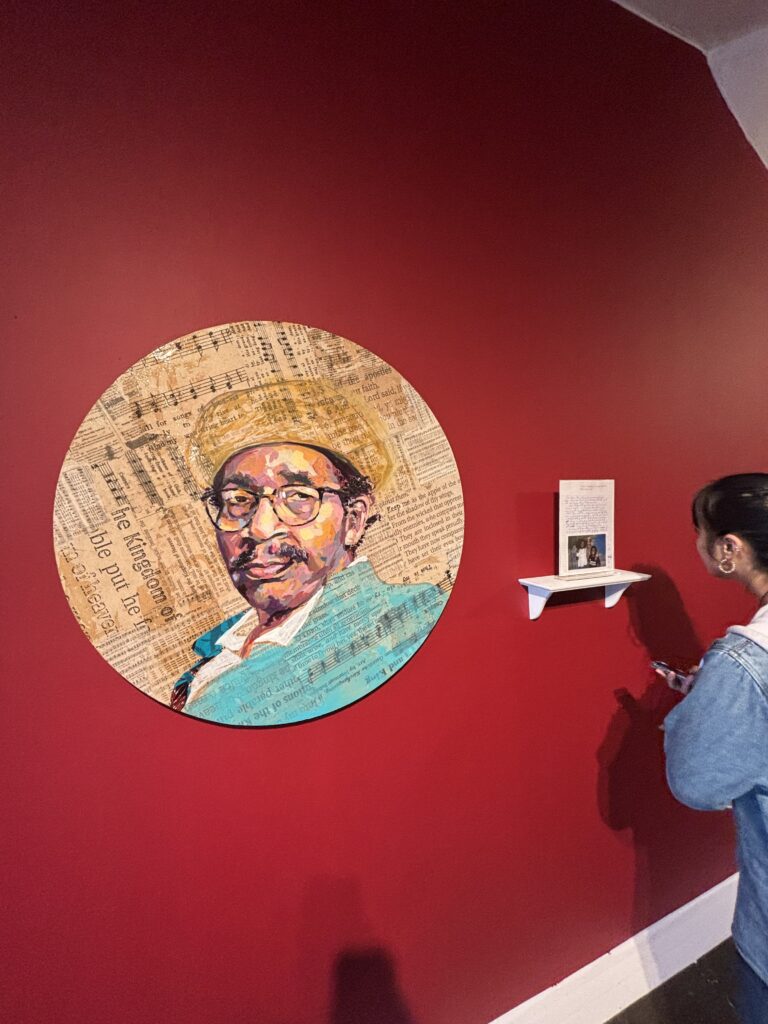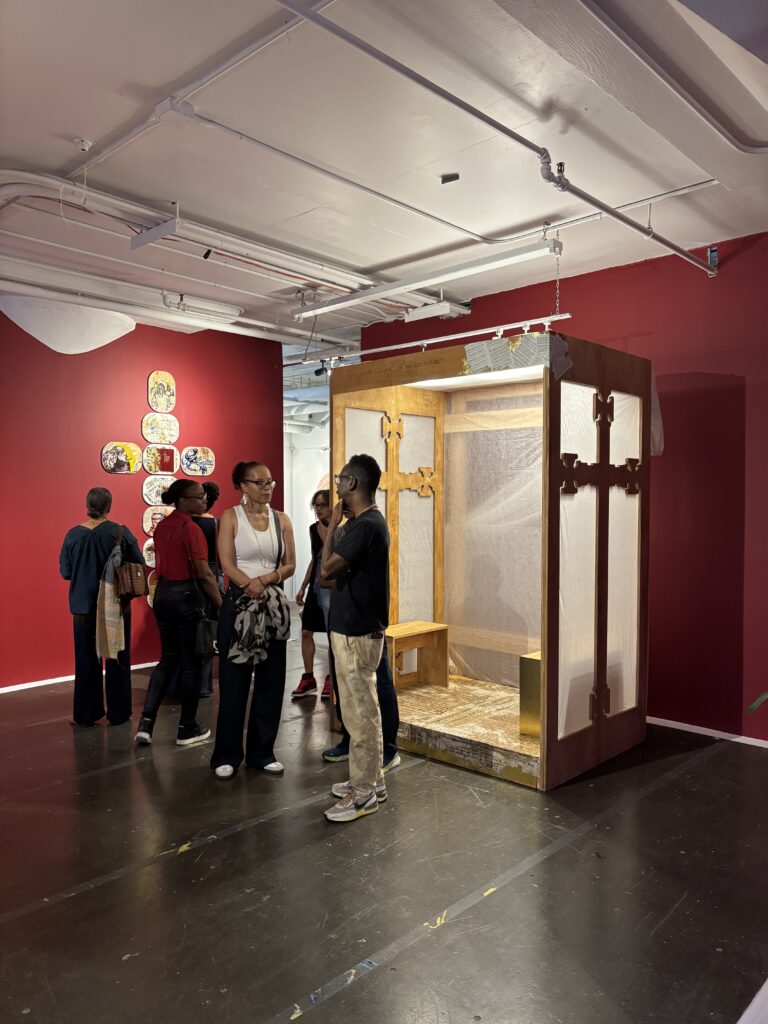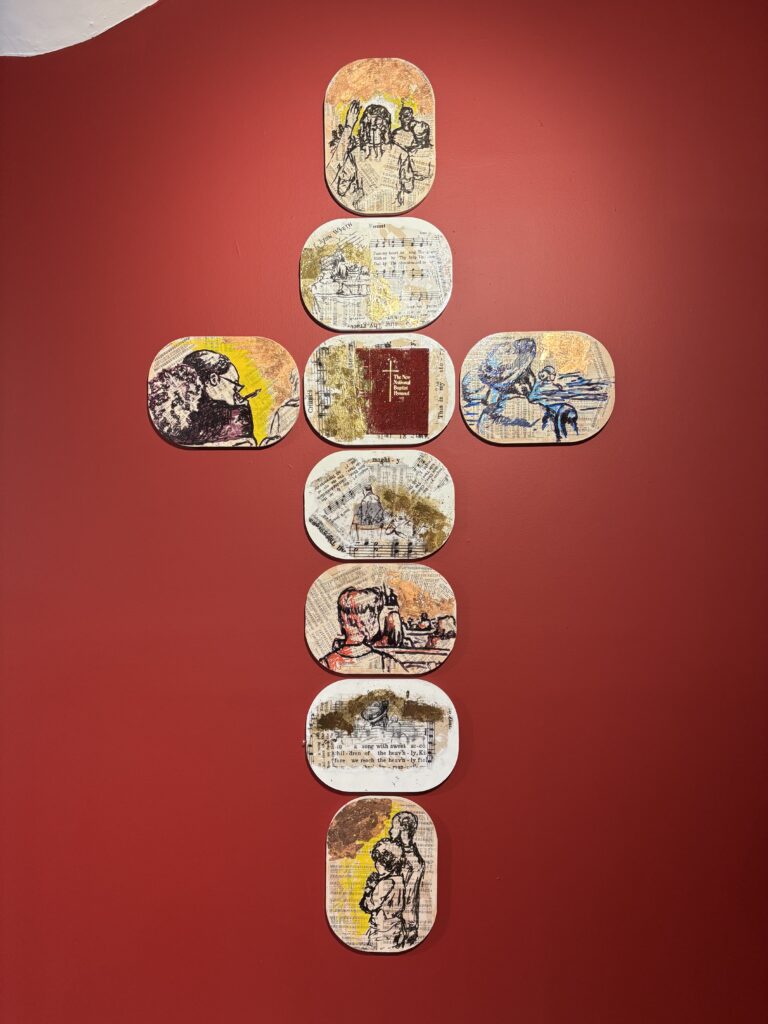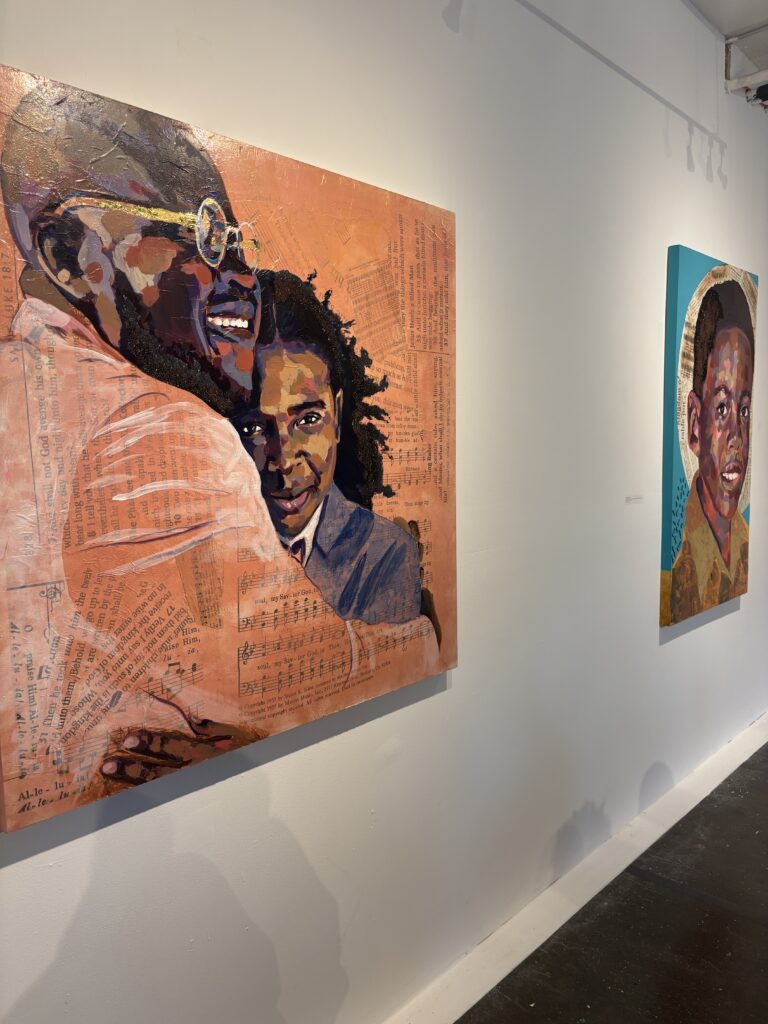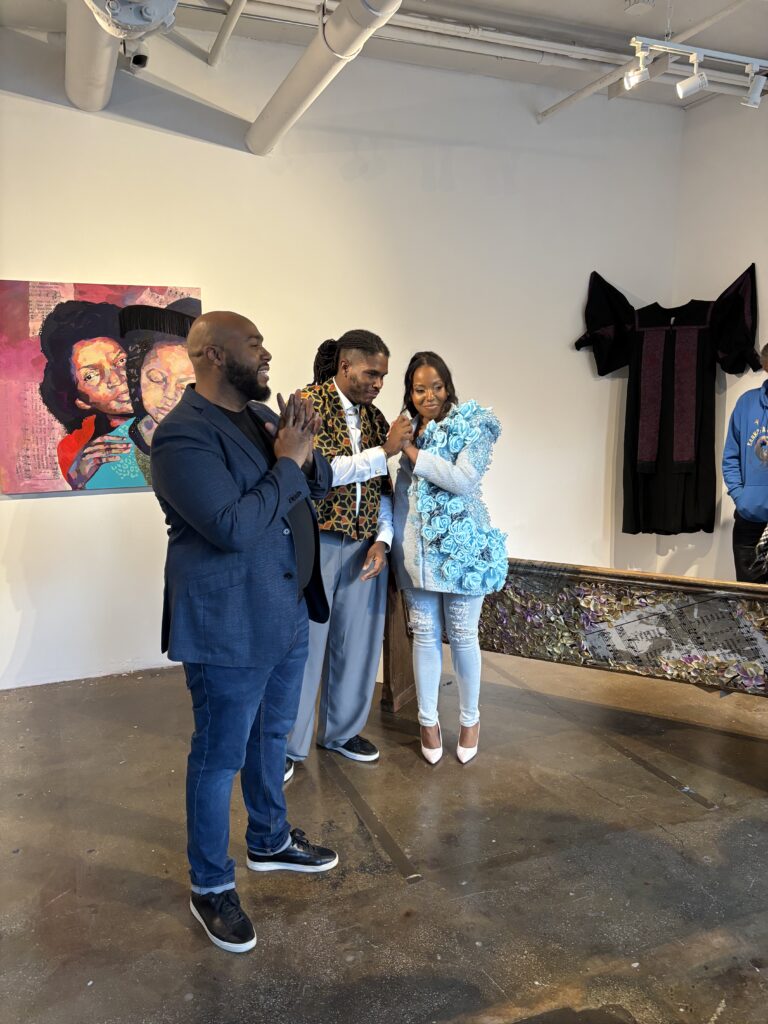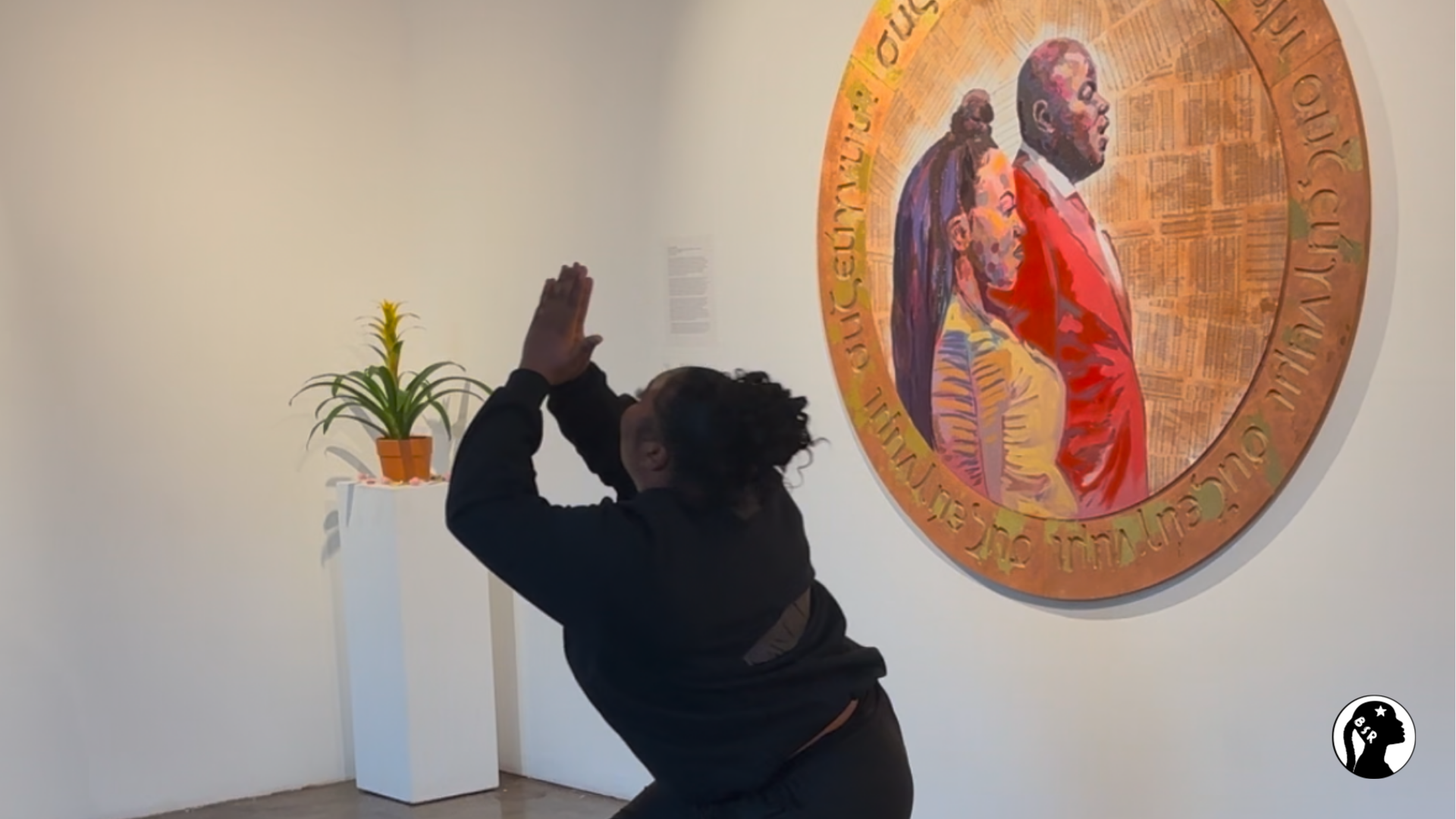
‘Ekklesia’ by Sofia Victor Opening Reception
Ordained painter Sofia Victor christens a solo exhibition that sings the praises of community, spirituality, and gathering.
There was a diagram in my high school Spanish textbook of a fictional town — nowhere in Spain, Mexico, or otherwise — that showed all of the places a community might have, labeled in the target language. We used it for exercises. I pored over the translations, relying on root words to memorize the ones that made sense to me (and agonize over the rest). Biblioteca was a quick addition to my Spanish vocabulary since it sounded like an Aztec temple of books. Casa was easy, too, if you’d watched enough TV to hear “mi casa es su casa”. Escuela was a frivolous disguise for ‘school’, like when my Spanish teacher, Sra. Chavez announced we’d all have Spanish names and renamed Mary as Maria. Iglesia, the label on the stark-white building topped with a cross, was the word for church. Neither of the defining ‘ch’ sounds in the English word had made it to the Spanish one and I found it hard to tie the two together in my mind. Jesus Christ was Jesús Christo but church was iglesia? I pressed my finger to the illustration and tried to commit it to memory.
Romance languages can be tricky. Many times the words rely on Latin roots and bear a hinting resemblance. Biblioteca makes sense if you know about bibliophiles or bibliographies) Sometimes though, one language pulls from the Germanic while another borrows from the Greek. Iglesia, comes from Ancient Greek for assembly, ekklesia, which is the name of Sofia Victor’s latest solo show at The Bishop Gallery. (They recently exhibited at 1-54 Art Fair, you can read about their booth here.) The gallery is on Flushing Avenue in Brooklyn, a cross-road between BedStuy and Williamsburg, catty corner from the Marcy Houses. The wrought-iron balconies of the Hasidic community frame the basketball court across the street.
The title’s callback to church and spirituality is intentional and repeated through the gallery like a refrain. Victor creates mixed-media paintings on composite wood panels; the panels are square or circular, like Garment of Praise which resembles an oversize tambourine. Many of the backgrounds evoke decoupaged pages from hymnals, and the familiar red and black marbled cover of The New National Baptist Hymnal makes an appearance. She adds a pilly texture to coily hair with the appliqué of mustard seeds, which are a Christian symbol of faith. In the foreground are faces, or busts, of people in whom the artist sees God, which is to say, all of us: her husband, her son, her African American history teacher, a church mother tallying up the tithes. When the artist appears in some of the paintings, she turns her gaze inward to the divine challenges of being a mother, a wife, and a vessel of God.
Even her political work is personal since most of the subjects in Ekklesia are people the artist has come to know deeply. Sitting on a narrow shelf next to Victor’s portrait of Veronza Bowers is a copy of a handwritten letter. In it, Bowers explains that he isn’t sure where she can find a mugshot of him to use in her work. When she eventually created the portrait, she pivoted from her original idea and painted him free. Through and because of her work as a prison educator at Rikers Island she wrote letters to the still-incarcerated members of the Black Panther Party, forming years-long bonds through correspondence and making visits with her son.
Her work with Black political prisoners is one example of Victor’s ability to express herself as equal parts bold and intimate, the confessional booth standing in the center of the gallery is another. For the show, Victor collaborated with product designer Ta-Shea Brown to create Confessional: The Visit. It’s a wooden structure eight feet tall and five feet wide with benches on either side; bigger than a phone booth, smaller than a bus shelter. Inside, head phones play Prayer Closet, 120 minutes of the artist’s spoken prayers on two separate days in April and December. It’s bold to invite to visitors to step into a structure that offers no privacy, it’s intimate to whisper the things you say to God into the ears of a stranger.
The opening reception invoked elements of fanfare that would feel familiar to any former church kid. A pink-haired gospel soloist sang “Holy, Holy, Holy” and could be heard on all sides of the gallery without a microphone. Later, a duo of praise dancers in ‘joint-heirs’ sweatshirts spun and stretched to a cover of “Goodness of God”. There are white pillars that hold fake plants and scattered ‘church candy’, the type of hard candies a grandmother might produce from her pocketbook. Victor spoke with conviction about the ways the enemy presented trials that threatened the show and expressed gratitude to her husband and son who’ve given their waking time to transporting artwork and sacrificed their sleeping time when Sofia keeps the light on to paint at late hours. All things have worked together so that Sofia might fulfill her divine commission. She said if it had been up to her, she would’ve been on Broadway or in Carnegie Hall, but God made her calling as an artist clear to her long ago.
The curator teddy raShaan, who recently curated Fly meet Swag2 meet Drip in Harlem, stood alongside Sofia a few steps from a solitary pew adorned with flower petals and a choir robe pinned to the wall in the shape of worship. Dr. raShaan, who is also the curator of religion at the Smithsonian’s National Museum of African American History and Culture in DC, emphasized the title of the show and the work we’re called do as people. Regardless of our faith traditions, we’re to make a joyful noise, to gather together, to practice love — in church or otherwise.
On my own spiritual journey, ekklesia has become a better fit than ‘church’ and I’m not alone. There are countless Internet forums dedicated to the ‘unchurched’, supportive message boards for those who want to de-church but don’t know how. In this sense, church is a thing you do (or stop doing), a place to go (or to separate from). Ekklesia, on the other hand, is as much a building of bricks and mortar as it is a structure of your own divination: sharing a sandy beach towel under a clear blue sky, sitting shoulder to shoulder on the stoop eating watermelon and seeing who can spit the seeds the furthest, holding your newborn nephew in an unending pandemic. Each of these gatherings has a holiness. Assembly in the presence of God is not bound to an earthly address; it welcomes all when the church (the building or the congregation or the institution) would rather you not enter its doors. It is a generous offering that Victor has extended, from the walls of the Bishop Gallery her works offer fellowship, sweet communion, and a way back home.
blacklove 🖤 and starlight 🌟
Ekklesia a solo show by Sofia Victor, curated by teddy raShaan, is on view at The Bishop Gallery (630 Flushing Ave) in Brooklyn from May 17th until June 14th, 2025. The gallery is open on Saturdays from 12pm to 6pm and by appointment from Monday to Friday. Entry to the gallery is free. Works are available for purchase. The artist will host a talk in the gallery on June 7th.
- “Bride and Groom” (2025) by Sofia Victor
- “Sunday’s Best” (2025) by Sofia Victor
- “Mama (Lucille Medas)” (2025) by Sofia Victor
- Victor paints people who have impacted her. Here, her African American History teacher poses with her portrait.
- “Garment of Praise” (2025) by Sofia Victor
- “Portrait of Veronza Bowers as a free man” (2025) by Sofia Victor shown with letter
- “Confessional: The Visit” (2025) by Sofia Victor in collaboration with Ta-Shea Brown
- Individual works by Sofia Victor assembled into a cross
- “Wedding Day Vows” (2025) by Sofia Victor (shown on left)
- The Bishop Gallery co-owner introduces the curator, teddy raShaan, and the artist, Sofia Victor.
